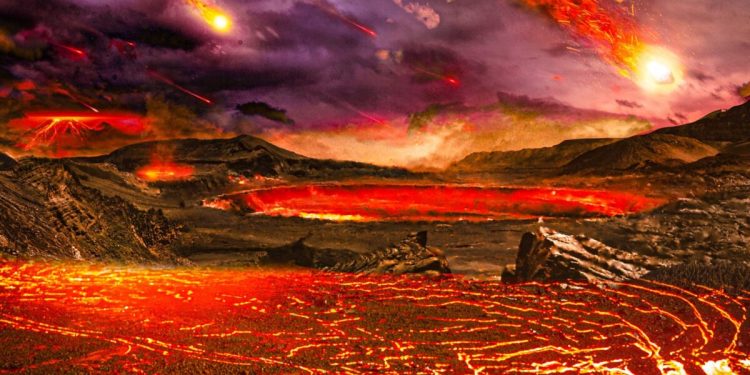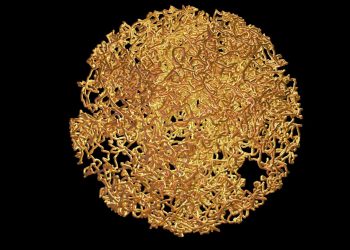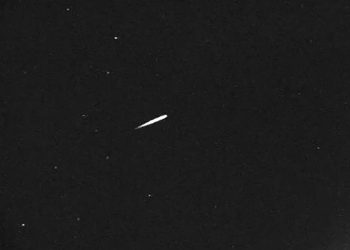If proto-Earth had all of its parts and chemistry replaced to become the Earth we know today, can the two still be considered the same planet? It’s the planet’s version of Theseus’ paradox, an old philosophical puzzle about identity and perception. Until recently, the popular consensus was that Earth’s chemistry had completely changed after a giant meteorite impact, leaving nothing behind from its proto-Earth days.
A new discovery suggests the design could be wrong. In a Nature Geoscience paper published earlier this week, researchers report detecting a chemical signature that appears to have miraculously resisted change for billions of years. Specifically, the team – an international collaboration between the United States, China and Switzerland – discovered a strange imbalance of potassium isotopes in ancient rock samples. Chemical analyzes revealed that the anomaly could not have arisen from any known geological process on modern Earth.
Theseus’ planet?
Planetary scientists have long suspected that a meteorite the size of Mars crashed into Earth about 4.5 billion years ago. The impact triggered a literal and astronomical metamorphosis, transforming what was once a rocky, lava-filled environment into the Earth we know today.
The general view was that over time, the materials or processes that formed proto-Earth transformed or were replaced by others more familiar to today’s researchers. This was, of course, a reasonable explanation: the “reset” of Earth’s chemistry miraculously created the conditions that ultimately led to life.
A potassium anomaly
Naturally, scientists still hope to learn more about our planet’s early days. For the new paper, the authors focused on potassium. On Earth, the common element normally exists in a specific combination of potassium-39 and potassium-41, with a tiny portion of potassium-40.
Previous work by the study’s lead authors, however, has shown that extraterrestrial objects, such as meteorites, have distinct potassium profiles, typically with a slightly higher proportion of potassium-40.
Drawing on this knowledge, the team dug deep into the oldest available rocks on Earth, such as the powder rocks of Greenland and Canada and the lava deposits of Hawaii. In the laboratory, they analyzed the samples using various analytical chemistry techniques.
Surprisingly, the resulting potassium profile was unlike anything researchers had ever observed, either on Earth or in cosmic objects. In fact, the potassium-41 “deficiency” was so bizarre that spotting it was “like spotting a single grain of brown sand in a bucket rather than a spoonful of yellow sand,” the researchers told MIT News.
A permanent mystery
Was there really no natural, feasible way for this chemistry to emerge? Multiple simulations and follow-up surveys of all known meteorites and geologic processes seemed to indicate the same answer: no. According to the article, the most viable explanation for the existence of this material is that it came from proto-Earth.
“This may be the first direct evidence that we preserved proto-Earth materials,” Nicole Nie, co-lead author of the study and a planetary scientist at MIT, told MIT News. “We see a piece of the very old Earth, even before the giant impact. It’s amazing because we would expect this very old signature to be slowly erased over the course of Earth’s evolution.”
That said, we might as well end up finding something, like a strange meteorite, with the same potassium anomaly, in which case the signature would not necessarily be that of the surviving remains of proto-Earth.
Regardless, the results demonstrate that we still have much to learn about our own Earth – lessons that, perhaps, could steer us away from the missteps we make in studying things beyond Earth.









